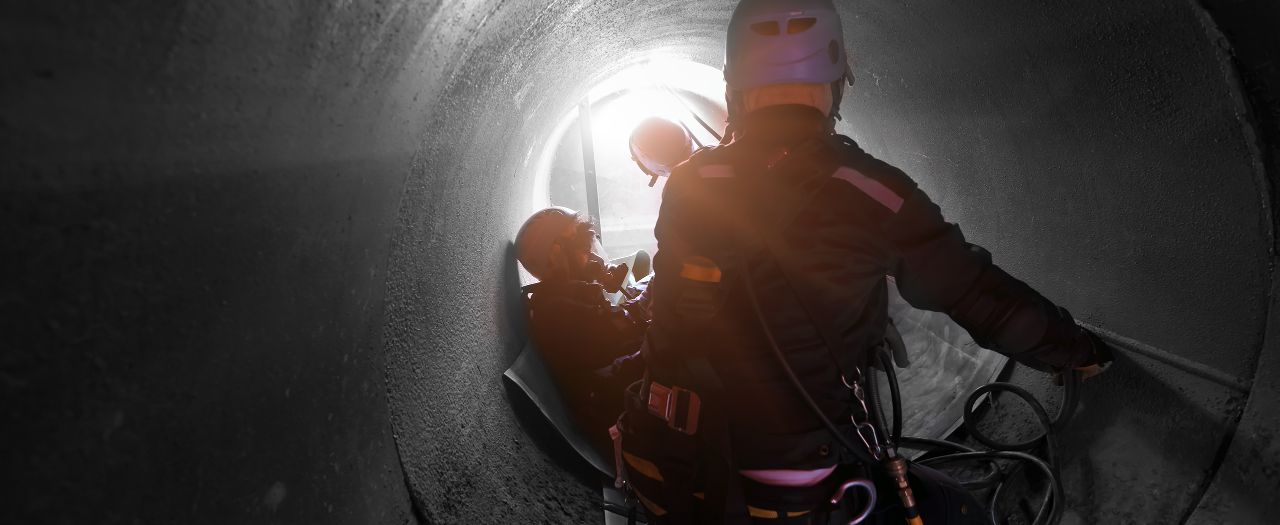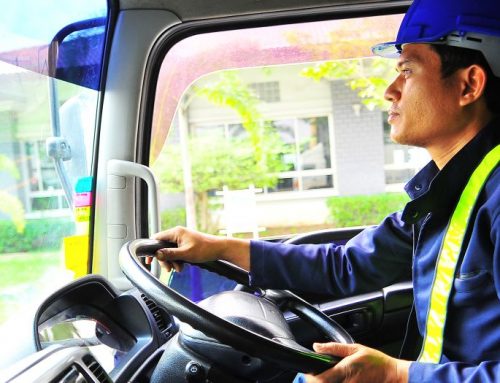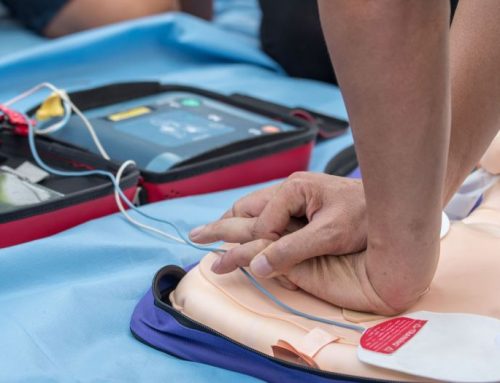The success of a company’s operation lies heavily on the employees’ safety and security. When they know that they are protected from harm, they can focus on their work, even if it’s in confined spaces. While this type of place is always prone to accidents and hazards, there are ways to keep your employees safe, such as enrolling them in confined spaces training. What is it, and what does it entail? Find out here.
Confined Spaces Training Defined
The Occupational Safety House Administration or OSHA has introduced confined spaces training to keep the workers safe when they are in a limited space. It is a course that shows the employees the right ways to work in smaller places or those with hazardous atmospheres. Moreover, it teaches the trainees how to identify potential hazards and how to deal with them.
What Is Considered as a Confined Space?
According to OSHA, confined spaces have three characteristics:
- There is limited space for egress or ingress, or the access is restricted
- The space is only enough for the workers to do their jobs
- It can’t support occupants who will stay there for a longer period
Examples of confined spaces:
- Tanks
- Pits
- Vaults
- Sewers
- Tunnels
- Underground sewers
- Silos
- Vessels
Imagine working in these environments; you would definitely need training to save yourself from peril, right?
What Is Included in a Confined Spaces Training?
When you undergo confined spaces training, you will learn a wide variety of things. While you may say that you don’t need some of the lessons included in the course, you may never know what is bound to happen. As such, you will learn more about the following after the training:
Key Terms and Concepts of Confined Spaces
Workers should be well aware of the terms used in safety standards. Knowing the words used in the industry allows your employees to respond to certain emergencies immediately. On a lighter note, it helps them apply what they have learned in real life.
Here’s an example: For people who haven’t undergone confined spaces training, “hazardous atmosphere” can mean anything. They may just assume that the place is not safe, but they don’t know why. According to OSHA, though, this term means the presence of “flammable gas, vapour or mist in excess of 10% LFL.”
Confined Spaces vs Permit-Required Confined Spaces
Confined spaces that don’t require permits are different from those that do. For one, confined spaces alone mean that the hazards in the place can be eliminated. Meanwhile, those that require permit contain controllable hazards yet still cause danger to one’s life. If you understand the difference between the two, you will know the safety measures to take.
Hazards in Confined Spaces
Some things look safe even when they’re not. When this happens, those who are in the area won’t find ways to get rid of these hazards, which will result in more danger. Remember, it is impossible to be wary and mitigate risks if you’re not even aware of them—another reason why confined spaces training is important.
Rescue Procedures
Let’s say that the hazard is still present in the place, and one has become a victim of it. What is the next step to take? Rescue operation. Learning the basics of rescuing gives you the chance to save lives.
Confined spaces training entails rescue courses, including:
- Self-rescue run
- Entry rescue by emergency responders
- Entry rescue by company employees
Signage Requirements
We don’t live in a lawless land with no direction. You may not notice it, but signage is an essential part of our daily lives. It tells us where to go, and sometimes, what to do and what not to do. It is especially important in confined spaces where danger is constantly present. The training includes a discussion on the signage requirements and why you should meet them.
Protective Equipment Requirements
People in confined spaces should wear protective equipment. But what are these, and how do these things help them carry out their job more safely? You will know more about that in the confined spaces training.
Duties and Responsibilities of People in Confined Spaces
The training also discusses the things space entrants, entry supervisors, and attendants should do to keep the people in the place safe.
Ventilation Techniques
Ventilation is critical regardless of where you’re in. And because confined spaces are mostly narrow and sometimes underground, it may be challenging to give way for ventilation in the place. But with the right training, you will know the ventilation techniques experts use in confined spaces.
Protective Procedures
This topic may be the most important thing you’ll learn in the confined spaces training. It enables employees to protect themselves and those around them from the dangers that are present in limited places.
Stay Out of Danger, Get Trained with Inspiration Training Now!
Inspiration Training provides confined spaces courses for employees who work in a constricted place and those whose jobs include working in pipes, pits, silos, tanks, and vessels. With us, you will have the knowledge and skills you need to perform your duties without fearing for your life. Reach out to us today! Dial 033377 22224 or 07796 900 935.






